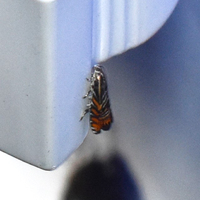 | Recorded by: David George, Jeff Niznik on 2024-08-06
Transylvania Co.
Comment: | 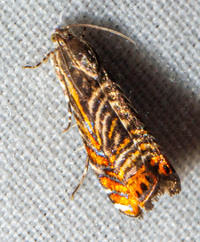 | Recorded by: Steve Hall and Bo Sullivan on 2021-10-04
Moore Co.
Comment: |
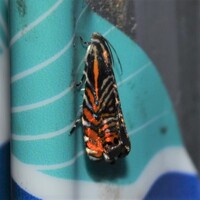 | Recorded by: Jeff Niznik on 2021-09-19
Wake Co.
Comment: | 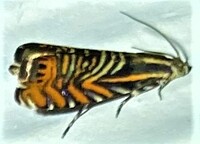 | Recorded by: Dean Furbish on 2021-09-13
Wake Co.
Comment: |
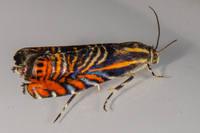 | Recorded by: David L. Heavner on 2021-09-09
Chatham Co.
Comment: | 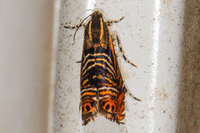 | Recorded by: David L. Heavner on 2021-09-09
Chatham Co.
Comment: |
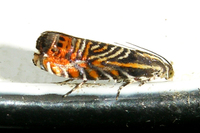 | Recorded by: Owen McConnell on 2020-10-02
Durham Co.
Comment: | 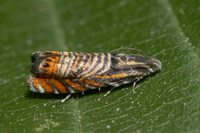 | Recorded by: Patrick Coin on 2020-09-22
Durham Co.
Comment: |
 | Recorded by: Mark Shields on 2019-08-31
Onslow Co.
Comment: | 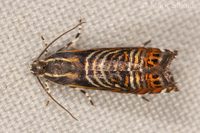 | Recorded by: Mark Shields on 2019-08-31
Onslow Co.
Comment: |
 | Recorded by: B. Bockhahn, P. Scharf, K. Kittelberger on 2014-09-18
Vance Co.
Comment: |  | Recorded by: W. Cook photos on 2013-09-28
Columbus Co.
Comment: |
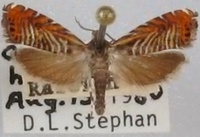 | Recorded by: D.L. Stephan on 1980-08-13
Wake Co.
Comment: NCSU collection |

 »
»



 »
»

